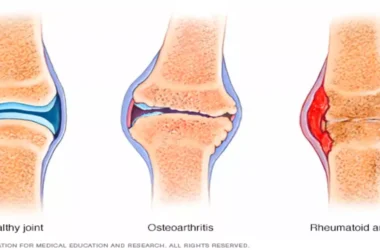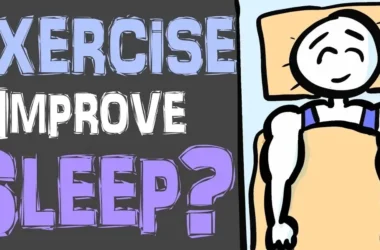[ez-toc]
Introduction
In the realm of fitness, two simple yet highly effective exercises often come into question: jumping rope and running.
Both are cost-effective, requiring minimal equipment and space. But which one is superior?
This article aims to explore the nuances between these two exercises, delving into calorie burning, effects on the body, fat burning, performance, precautions, and recommendations.
Calorie Burning
When comparing the calorie-burning potential of jumping rope and running, both activities prove to be efficient.
However, a 10-minute session of jumping rope tends to have a slight advantage in calorie burn compared to running at similar intensities.
This slight discrepancy may influence your choice based on your fitness goals.
Summary
Jumping rope and running burn a similar number of calories, with jumping rope having a slight edge at medium or high intensity.
Effects on Body
Muscles Used
Both exercises engage lower extremity muscles and core muscles for stabilization. Running emphasizes hip extensors, while jumping rope involves increased use of hip abductors.
Also Read: The Benefits of Breath of Fire and How to Do It
Additionally, jumping rope incorporates upper body resistance, working the shoulders, biceps, triceps, and forearm flexor grip.
Impact Force
The impact force on lower extremities is comparable between jumping rope and running. However, double unders in rope jumping result in higher impact force. Understanding these differences helps tailor your exercise routine to your specific fitness needs.
Aerobic or Anaerobic?
Both activities can be performed aerobically or anaerobically, making them versatile for different training goals.
Whether you aim to enhance endurance or incorporate high-intensity interval training (HIIT), both jumping rope and running have got you covered.
Summary
Running and jumping rope work various muscle groups, provide trunk and hip stabilization, and cater to aerobic and anaerobic training needs.
Fat Burning
Both running and jumping rope have been linked to reduced body fat and improved heart disease risk factors. While running boasts more extensive research, jumping rope has shown promising results in smaller studies.
The challenge lies in the limited quantity and size of studies on rope jumping compared to running.
Summary
Both exercises contribute to reduced body fat and improved cardiovascular health, with more substantial evidence available for running.
Performance
Both running and jumping rope enhance cardiovascular endurance, with a correlation between jump rope speed and sprint speed.
Double unders, a component of rope jumping, have become integral to high-intensity interval training and CrossFit programs, showcasing their effectiveness in improving sprinting abilities.
Summary
Running and jumping rope are effective in improving muscular endurance and sprint performance.
Precautions
Both activities involve higher ground reaction forces, making them challenging for individuals with lower leg injuries.
Alternatives like gravity-reducing treadmills, aqua jogging, or jumping rope on a mini trampoline can provide lower-impact options.
Summary
Running and jumping rope are high-impact activities, and alternative options may be suitable for those recovering from or susceptible to injury.
Recommendation
Choosing between running and jumping rope depends on your goals and preferences. If time is a constraint, jumping rope may offer more benefits in a shorter duration.
However, if you aspire to become a better runner or enjoy a change of scenery during exercise, running is a preferable option.
Summary
Both exercises are beneficial, and the choice depends on individual goals and preferences.
Conclusion
Running and jumping rope emerge as excellent, cost-effective forms of exercise, burning significant calories and improving cardiovascular health.
However, their high-impact nature may not be suitable for everyone, and alternatives should be considered based on individual circumstances.
Ultimately, the key is to pick the exercise that aligns with your interests and ensures consistency in your fitness routine.




